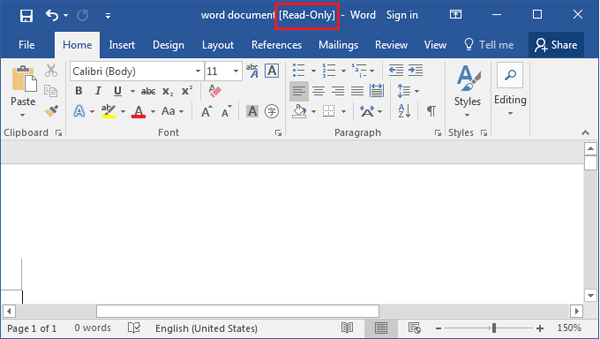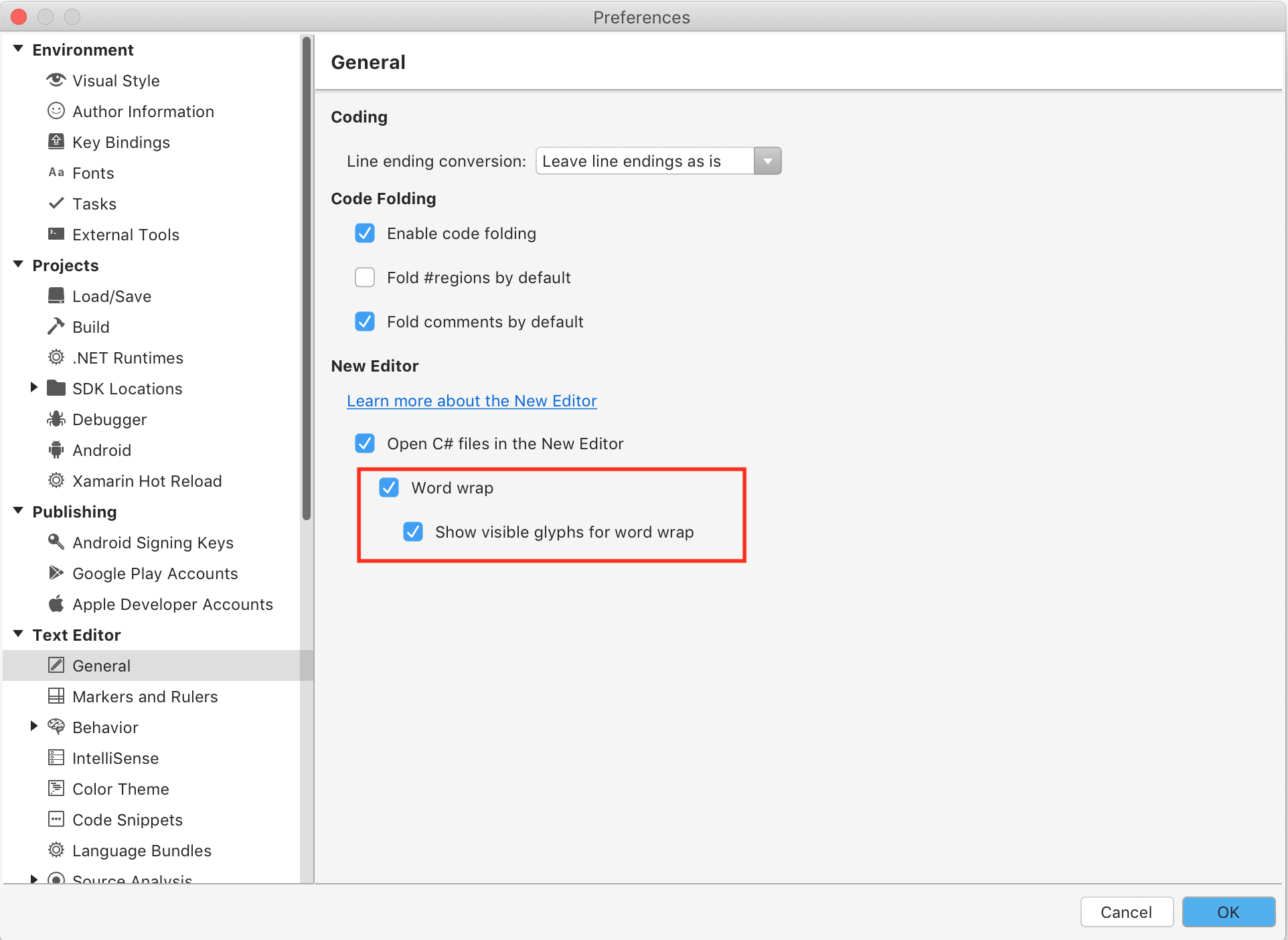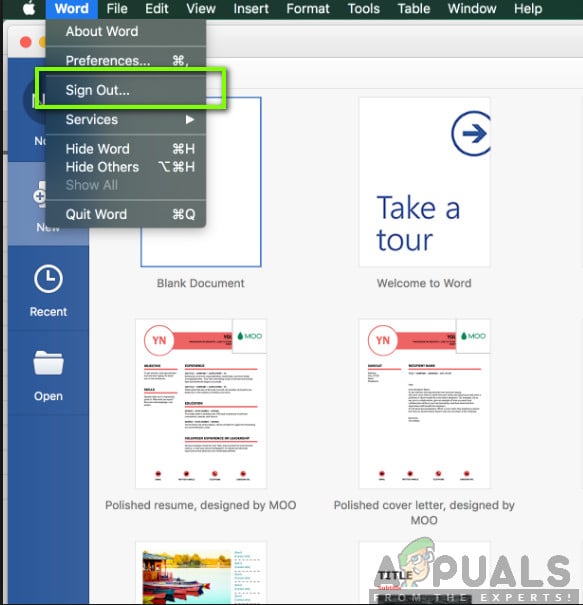On the Message Bar, click Enable Editing. Exit Protected View and edit when the red Message Bar appears Click File Edit Anyway. Caution: We recommend you only do this if the file's source and content are trusted by you. Jun 11, 2019 Collaborating on documents can be difficult when you have a Mac, and everyone else owns a Windows PC. Microsoft Office may be available for macOS, but Microsoft’s suite of document-editing software is nowhere near as popular with Mac users, as it is with the Windows crowd.
-->Because add-ins are developed using HTML and JavaScript, they are designed to work across platforms, but there might be subtle differences in how different browsers render the HTML. This article describes how to debug add-ins running on a Mac.
Enable Editing Microsoft Word Mac Version
Debugging with Safari Web Inspector on a Mac
If you have add-in that shows UI in a task pane or in a content add-in, you can debug an Office Add-in using Safari Web Inspector.
To be able to debug Office Add-ins on Mac, you must have Mac OS High Sierra AND Mac Office version 16.9.1 (build 18012504) or later. If you don't have an Office Mac build, you can get one by joining the Microsoft 365 developer program.
To start, open a terminal and set the OfficeWebAddinDeveloperExtras property for the relevant Office application as follows:
defaults write com.microsoft.Word OfficeWebAddinDeveloperExtras -bool truedefaults write com.microsoft.Excel OfficeWebAddinDeveloperExtras -bool truedefaults write com.microsoft.Powerpoint OfficeWebAddinDeveloperExtras -bool truedefaults write com.microsoft.Outlook OfficeWebAddinDeveloperExtras -bool trueImportant
Mac App Store builds of Office do not support the
OfficeWebAddinDeveloperExtrasflag.
Then, open the Office application and sideload your add-in. Right-click the add-in and you should see an Inspect Element option in the context menu. Select that option and it will pop the Inspector, where you can set breakpoints and debug your add-in.
Note
If you're trying to use the inspector and the dialog flickers, update Office to the latest version. If that doesn't resolve the flickering, try the following workaround:


- Reduce the size of the dialog.
- Choose Inspect Element, which opens in a new window.
- Resize the dialog to its original size.
- Use the inspector as required.
Clearing the Office application's cache on a Mac

Add-ins are often cached in Office for Mac, for performance reasons. Normally, the cache is cleared by reloading the add-in. If more than one add-in exists in the same document, the process of automatically clearing the cache on reload might not be reliable.
You can clear the cache by using the personality menu of any task pane add-in.
Choose the personality menu. Then choose Clear Web Cache.
Note
You must run macOS version 10.13.6 or later to see the personality menu.
You can also clear the cache manually by deleting the contents of the ~/Library/Containers/com.Microsoft.OsfWebHost/Data/ folder.

Note
If that folder doesn't exist, check for the following folders and if found, delete the contents of the folder:
~/Library/Containers/com.microsoft.{host}/Data/Library/Caches/where{host}is the Office application (e.g.,Excel)~/Library/Containers/com.microsoft.{host}/Data/Library/Application Support/Microsoft/Office/16.0/Wef/where{host}is the Office application (e.g.,Excel)~/Library/Containers/com.microsoft.Office365ServiceV2/Data/Caches/com.microsoft.Office365ServiceV2/~/Library/Containers/com.microsoft.Office365ServiceV2/Data/Library/Caches/com.microsoft.Office365ServiceV2/
- You can use speech-to-text on Microsoft Word through the 'Dictate' feature.
- With Microsoft Word's 'Dictate' feature, you can write using a microphone and your own voice.
- When you use Dictate, you can say 'new line' to create a new paragraph and add punctuation simply by saying the punctuation aloud.
- If you're not satisfied with Word's built-in speech-to-text feature, you can use a third-party program like Dragon Home.
While typing is certainly the most common way to create and edit documents in Microsoft Word, you're not limited to using a keyboard.
Word supports speech-to-text, which lets you dictate your writing using voice recognition.
Speech-to-text in Word is convenient and surprisingly accurate, and can help anyone who has issues typing with a typical keyboard.
You can use speech-to-text in Microsoft Word in the same way on both Mac and PC.
Check out the products mentioned in this article:
Apple Macbook Pro (From $1,299.00 at Apple)
Acer Chromebook 15 (From $179.99 at Walmart)
How to use speech-to-text on Word using Dictate
Make sure you have a microphone connected to your computer. This can be built-in, like on a laptop, or a separate mic that you plug into the USB or audio jack.

It doesn't matter which type you use, though the best kind of mic to use is a headset, as it won't need to compete with as much background noise as a built-in microphone.
Gallery: 6 ways that Apple's next major iPhone OS update makes it much, much more like Android (Business Insider)
1. In Microsoft Word, make sure you're in the 'Home' tab at the top of the screen, and then click 'Dictate.'
© Dave Johnson/Business Insider Click 'Dictate' to start Word's speech-to-text feature. Dave Johnson/Business Insider2. You should hear a beep, and the dictate button will change to include a red recording light. It's now listening for your dictation.
© Dave Johnson/Business Insider You know Word is listening when the Dictate button has a red light. Dave Johnson/Business Insider3. Speak clearly, and Word should transcribe everything you say in the current document. Speak punctuation aloud as you go. You can also say 'New line,' which has the same effect as pressing the Enter or Return key on the keyboard.
4. When you're done dictating, click 'Dictate' a second time or turn it off using your voice by saying, 'Turn the dictate feature off.'
You can still type with the keyboard while Dictate is on, but if you click outside of Word or switch to another program, Dictate will turn itself off.
Want to change languages? You can click the downward arrow on the Dictate button to choose which of nine or so languages you want to speak. You might also see additional 'Preview Languages,' which are still in beta and may have lower accuracy.
© Dave Johnson/Business Insider Open the Dictate button's drop-down menu to see your language choices. Dave Johnson/Business InsiderSpeech-to-text alternatives
You're not limited to using the Dictate feature built into Word. While not as popular as they once were, there are several commercial speech-to-text apps available which you can use with Word.
The most popular of these, Dragon Home, performs the same kind of voice recognition as Word's Dictate, but it also lets you control Word, format text, and make edits to your text using your voice. It works with nearly any program, not just Word.